Kalėdų mūšių muziejus Muziejus

Muziejus, įsikūręs sodyboje „Mangaļi“ Jelgavos apylinkėse, Valgundės seniūnijoje, yra Latvijos karo muziejaus filialas. Jis atidarytas 2005 m. toje vietoje, kurioje per Pirmąjį pasaulinį karą vyko Kalėdų mūšiai. Šiose vietose iki šiol tebėra išlikę išskirtiniai Pirmojo pasaulinio karo įtvirtinimai. Kalėdų mūšių muziejaus ekspozicija yra įrengta autentiškoje vietoje po atviru dangumi. Čia galima pamatyti rekonstruotą įtvirtinimų sistemos fragmentą – lauko slėptuvę ir dalį pirmosios vokiečių gynybos linijos, vadinamos „vokiečių pyli mu“. Tai vienintelis tokio pobūdžio objektas Baltijos šalyse. Kalėdų mūšiai – vienas žinomiausių ir dramatiškiausių Pirmojo pasaulinio karo įvykių Latvijoje. Jie užima ypatingą vietą latvių karo ir kultūros istorijoje. Intensyvūs mūšiai truko šešias dienos ir pareikalavo daug aukų. Šie įvykiai dažniausiai siejami su latvių šaulių puolimu prieš Vokietijos kariuomenę, vykusiu ypač atšiauriomis ir nepalankiomis žiemos sąlygomis. Tai buvo pirmas kartas, kai didelio masto puolimas vyko be artilerijos palaikymo.
Šiuo metu muziejuje eksponuojami mūšių vietose rasti radiniai. Vidaus ekspozicija lankoma nustatytu laiku, o po atviru dangumi esančių įtvirtinimų ekspoziciją galima apžiūrėti kiekvieną dieną. Apylinkėse sudaryti turistiniai maršrutai ir įrengti pažintiniai takai.
Panaudoti šaltiniai ir literatūra:
Oficiali Latvijos karo muziejaus svetainė. Prieiga per internetą: http://www.karamuzejs.lv/lv/zm.aspx [Žiūrėta: 2021-03-21].
Bērziņš, V. Latvijos šauliai: drama ir tragedija. Ryga: Latvijos istorijos instituto leidykla, 1995.
Edukacinės programos
Latvijos šaulys Kalėdų mūšiuose
Kalėdinių mūšių muziejuje – autentiškame Pirmojo pasaulinio karo mūšio lauke – padėsime jaunimui suprasti žmonių vaidmenį karo metu, kareivių kasdienybę ir jų dalyvavimą mūšiuose. Supažindindami su karine drausme ir atlikdami įvairias interaktyvias užduotis, skirtas komandos formavimui, sukursime emocijas, kurios privers jus susimąstyti. Po pamokos yra galimybė pasinaudoti laužaviete ir 7 km ilgio informaciniu pėsčiųjų taku per mūšio laukus muziejaus teritorijoje.
Jūsų komentarai
2025 m. spalio pabaigoje ir lapkričio pradžioje, baigus rekonstrukcijos darbus, muziejaus lauko erdvė lankytojams bus atverta.
Susijusi laiko juosta
Susijusios temos
Susijusi istorija
Dienoraščio įrašas apie akimirką, kai kareiviai sužino apie pasiruošimą Kalėdų mūšiams.
Latvijos šauliai ir jų karininkai apie mūšio pradžią buvo informuoti paskutinę akimirką. 5-ojo Žiemgalos latvių šaulių pulko puskarininkis Rūdolfas Ivanovas savo dienoraštyje aprašė paskutinį vakarą prieš mūšio pradžią. Trumpas, bet ryškus ir autentiškas tekstas, kuriame parodyta labai svarbi kareivio akimirka – sužinojimas apie mūšio dieną.
Gynybinių pozicijų kūrimas.
Aprašyme nagrinėjamos mūšio lauko įtvirtinimų problemos apskritai. Jis grindžiamas Pirmojo pasaulinio karo patirtimi ir situacija, kai reikėjo organizuoti didelius įtvirtinimų kūrimo darbus.
Apie kalėdines kovas
Kalėdų mūšiai baigėsi sausio 11 d. Latvijos šauliams trečiąją mūšio dieną pavyko užimti gerai įtvirtintą vokiečių armijos poziciją – Ložmetējkalnu. Kalėdų mūšių kaina buvo labai didelė. Šimtai Latvijos ir kitų Rusijos armijos kareivių žuvo bandydami išstumti vokiečius iš jų pozicijų. Pasakotojas vaizdžiai aprašo mūšio lauko scenas pasibaigus Kalėdų mūšiams.




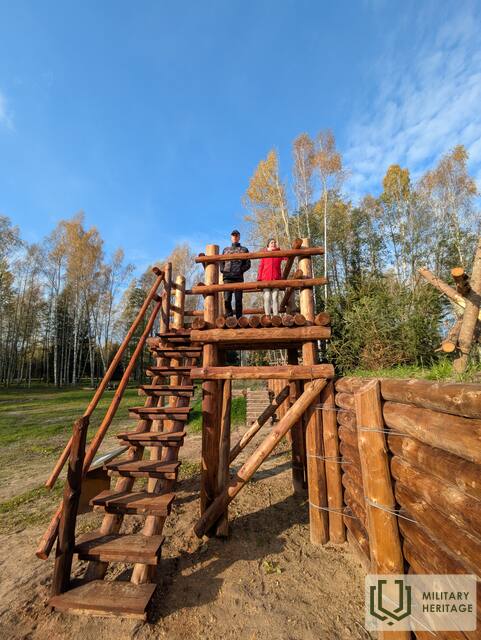
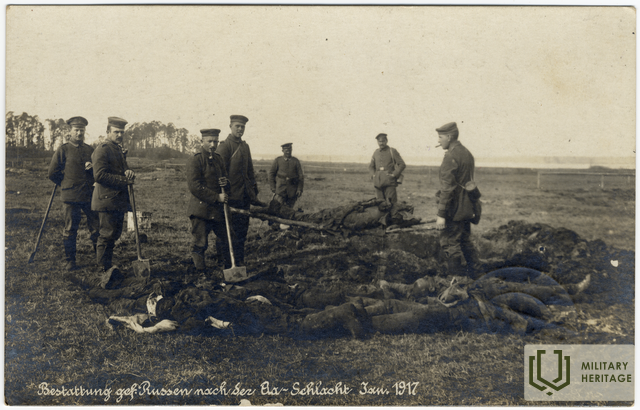
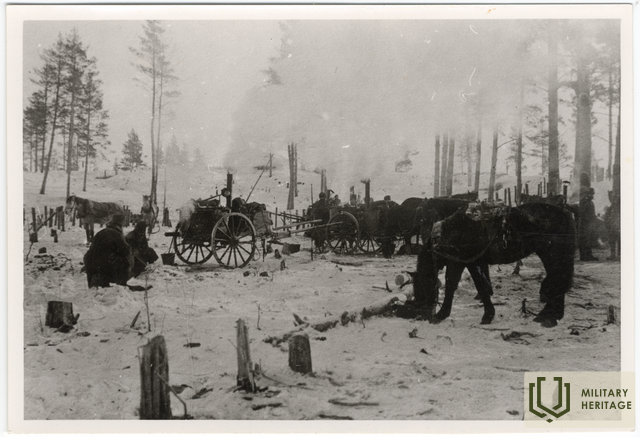
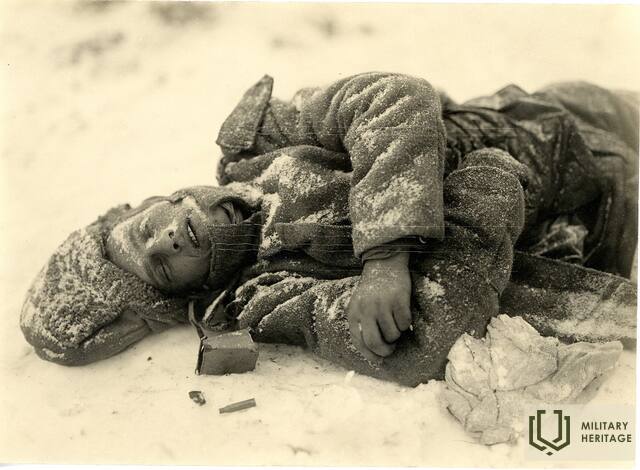
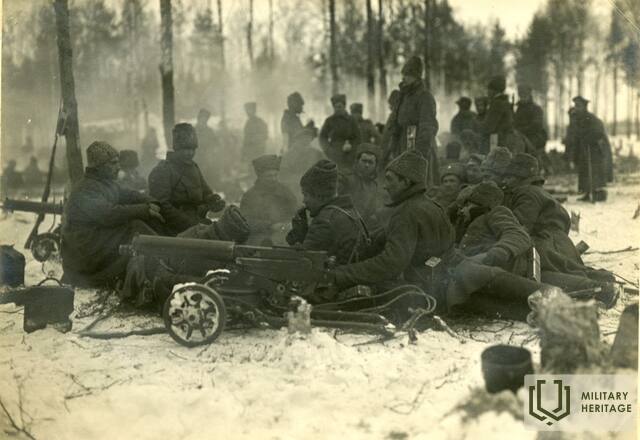
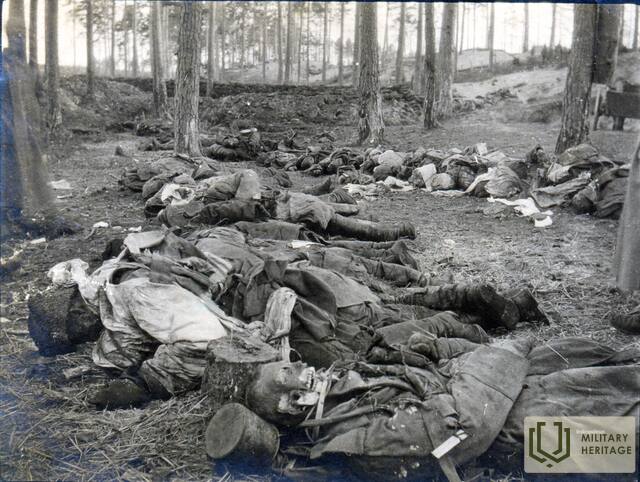
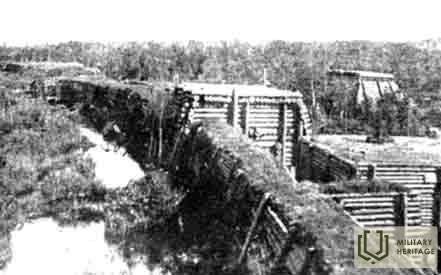
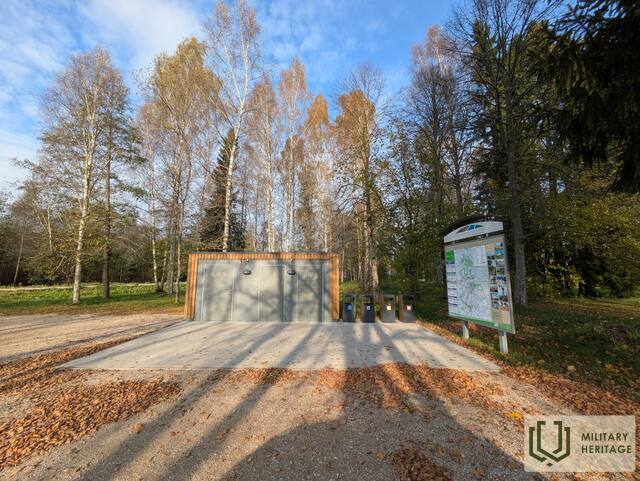
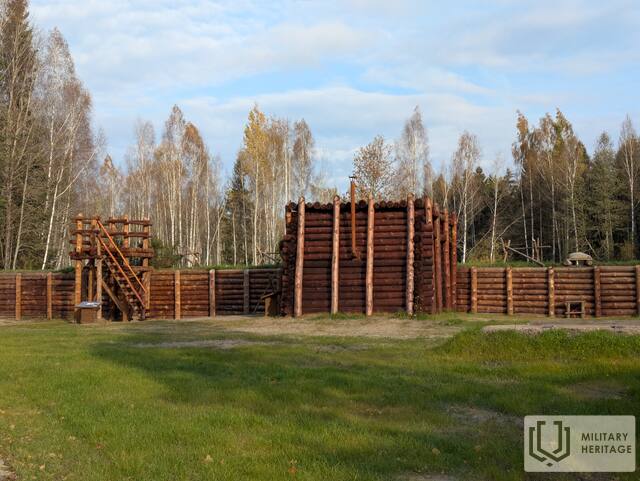
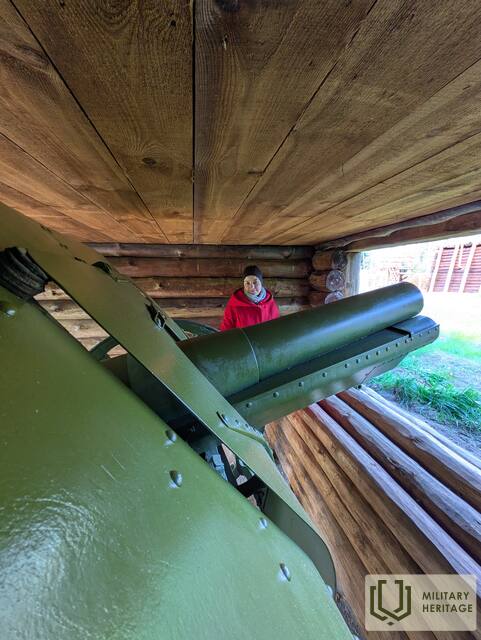
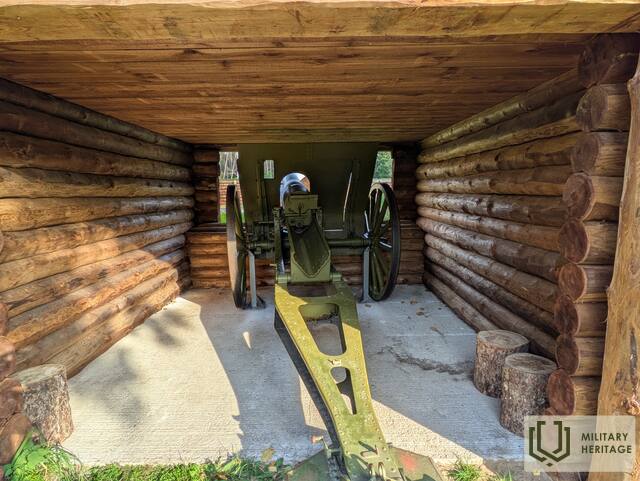
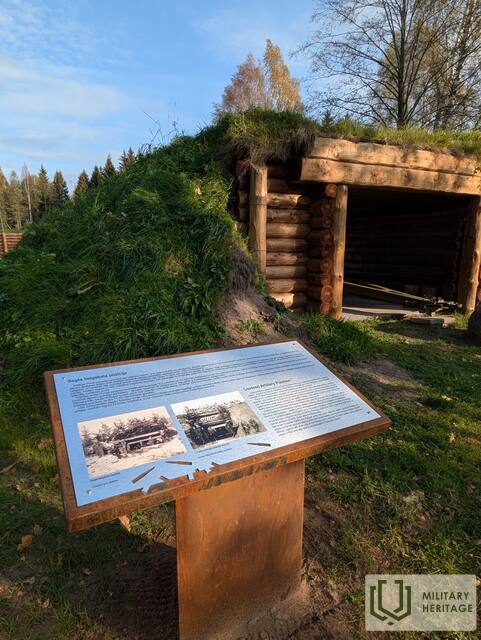
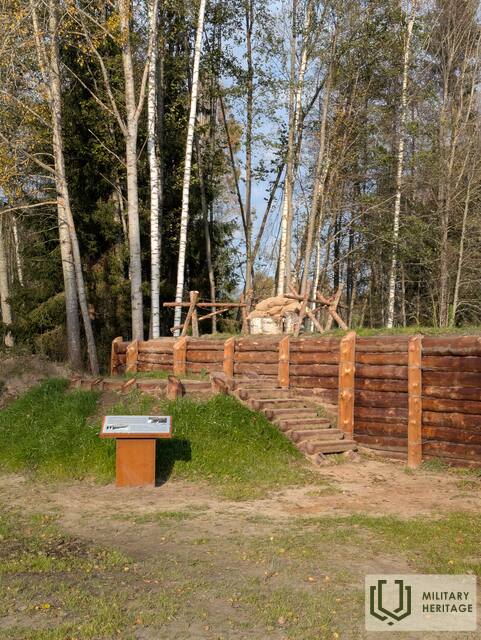
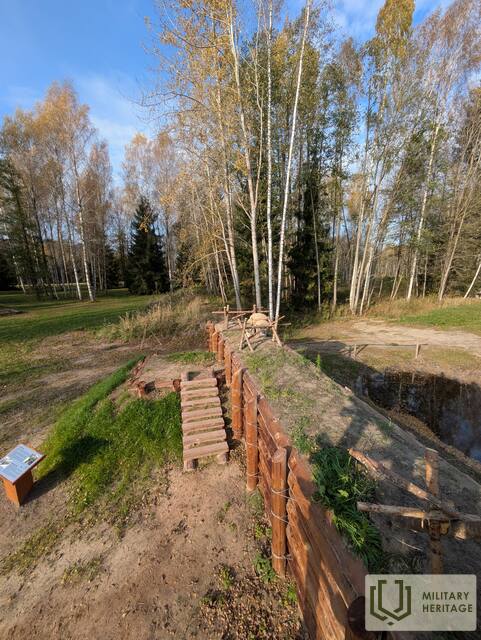
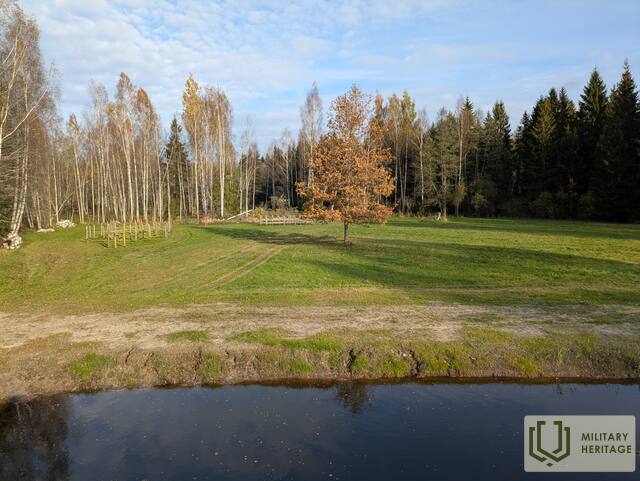
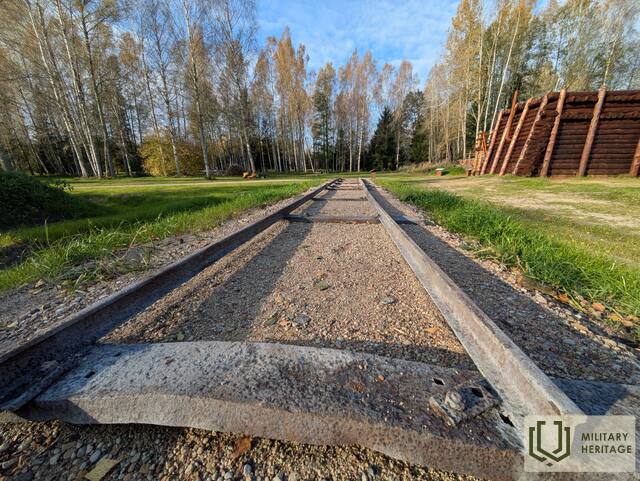
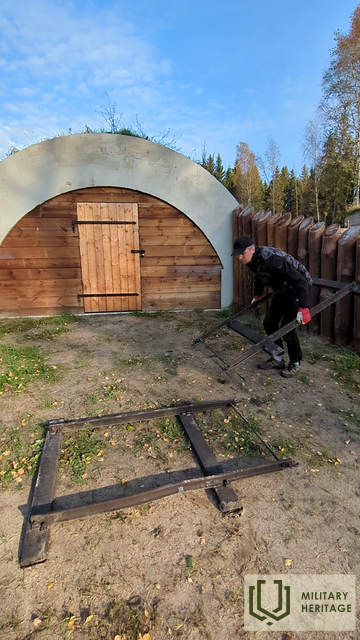
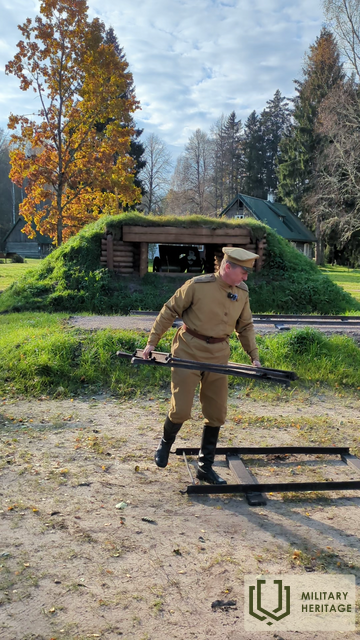
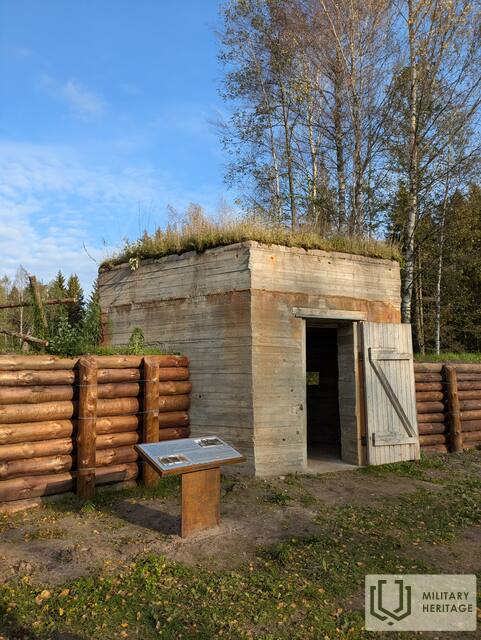
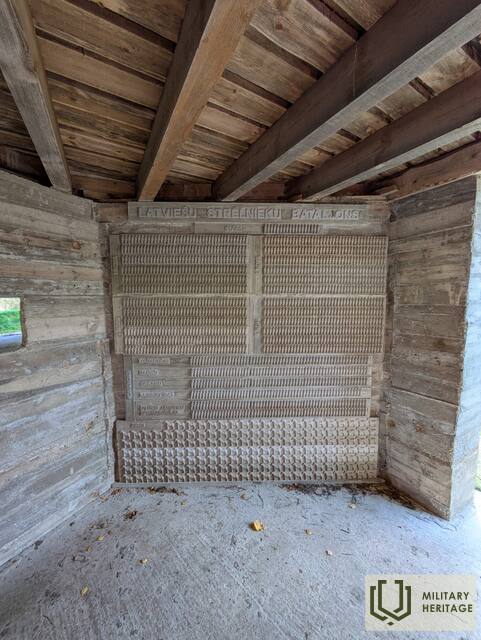
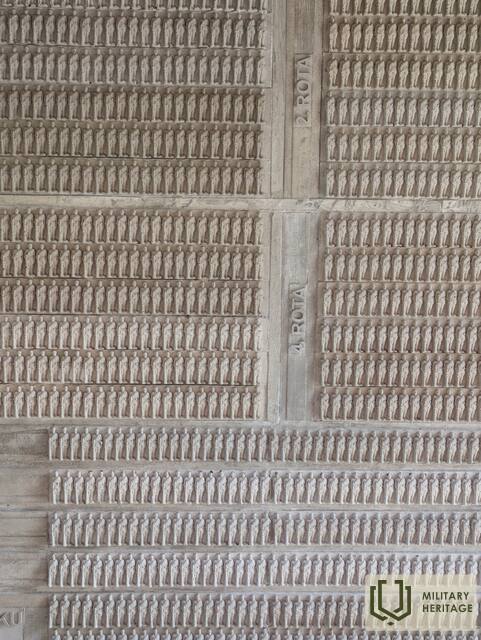
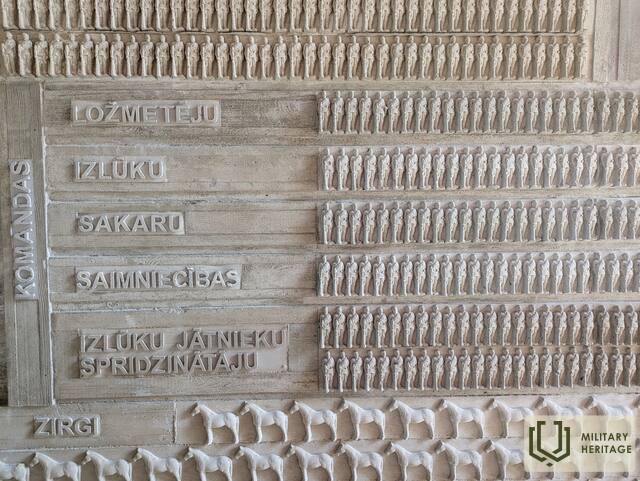
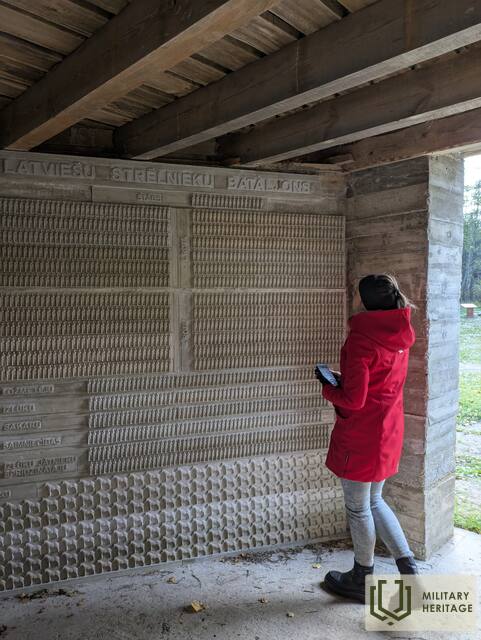
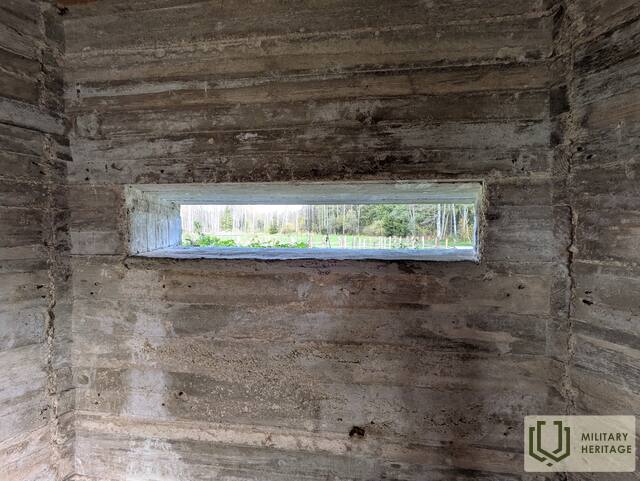
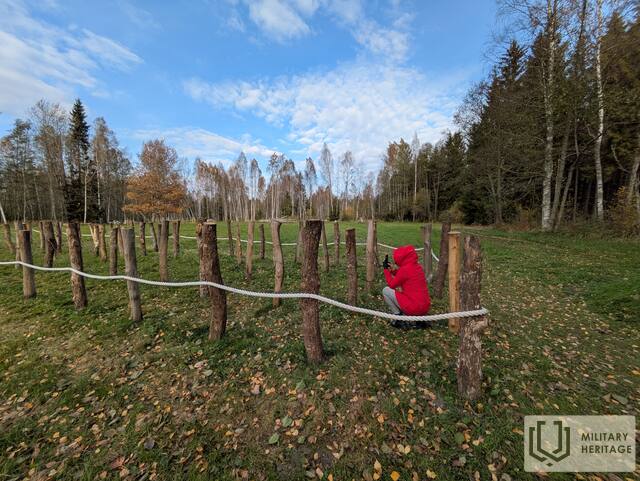
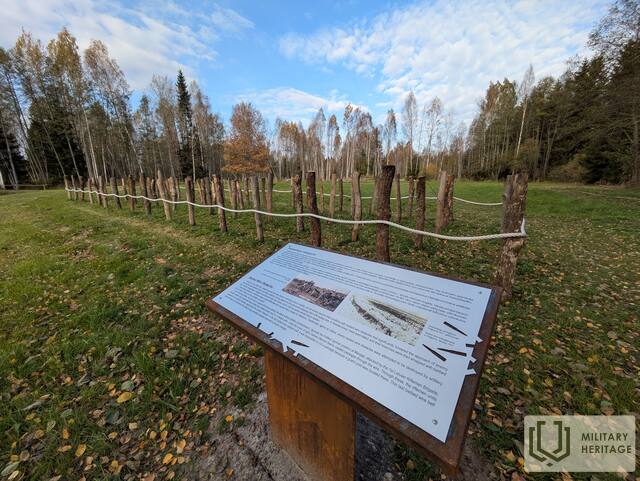
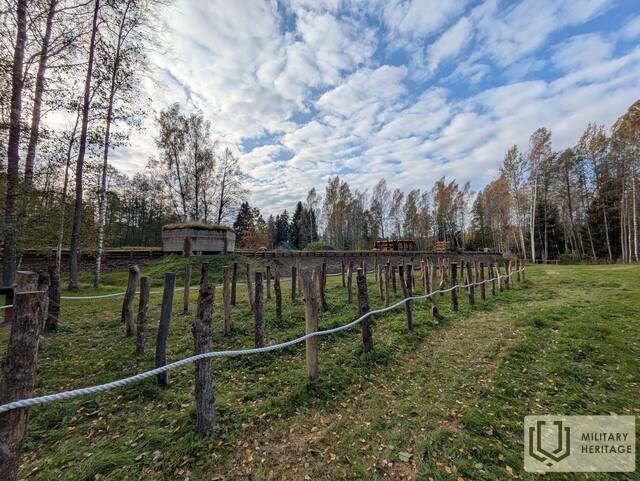
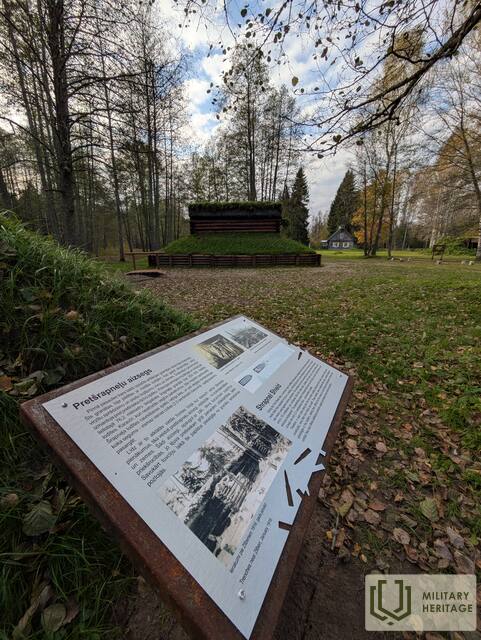
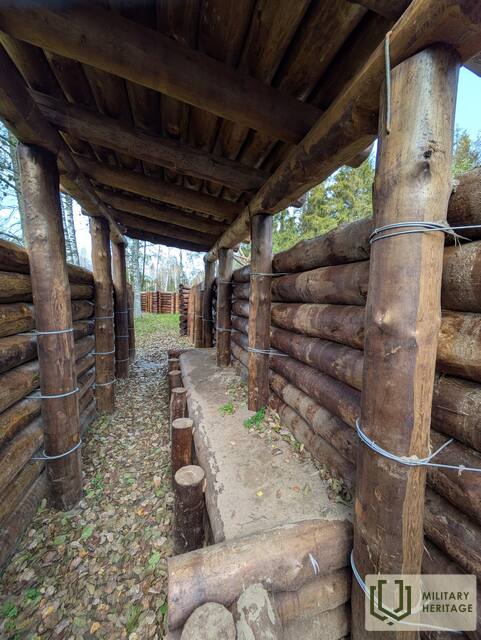
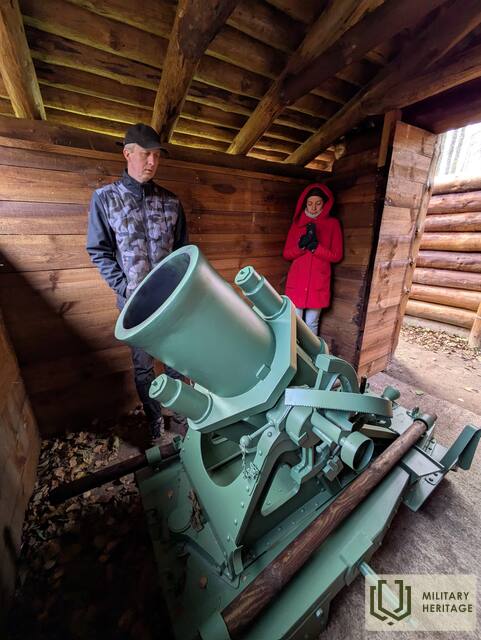
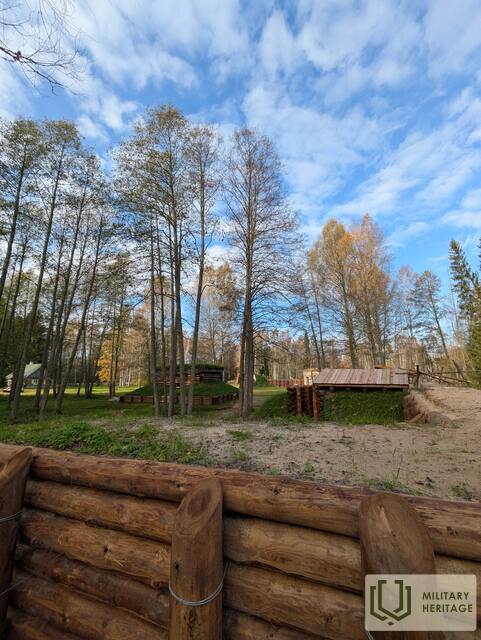
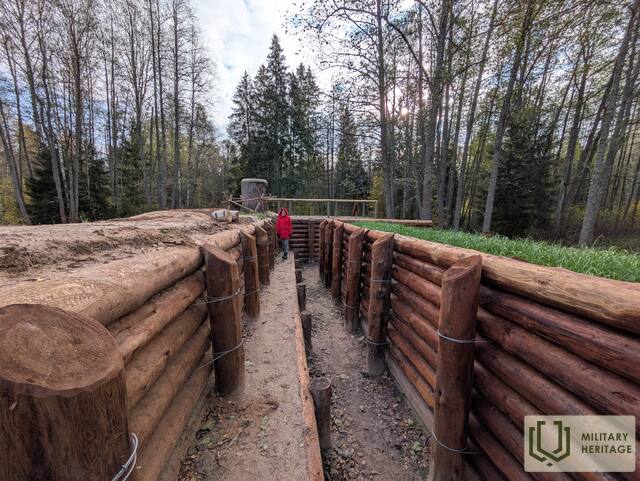
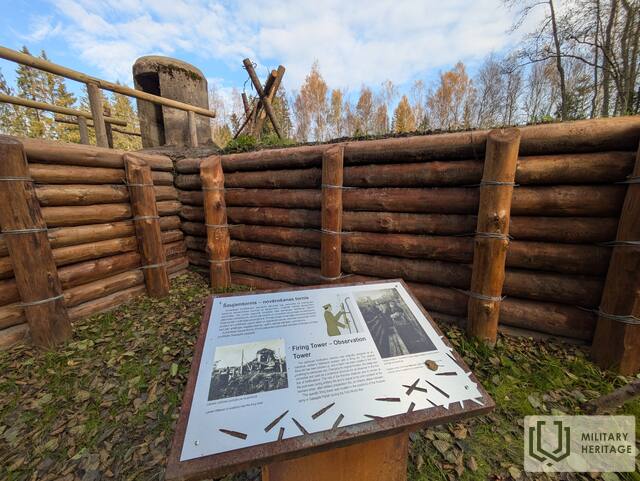
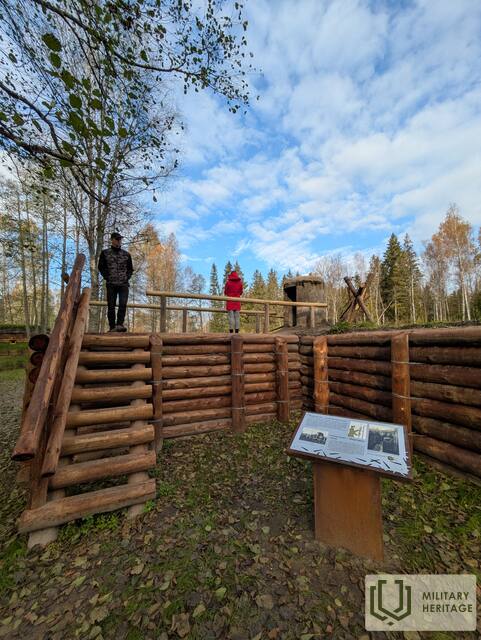
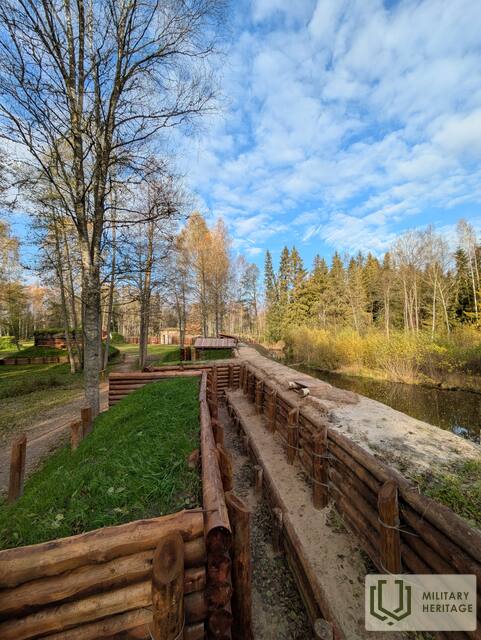
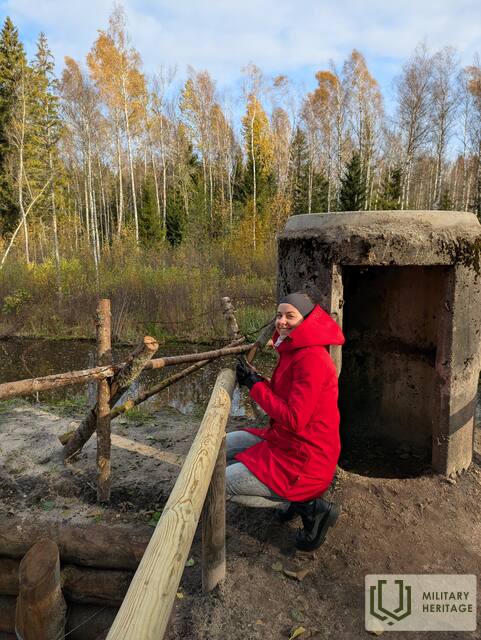
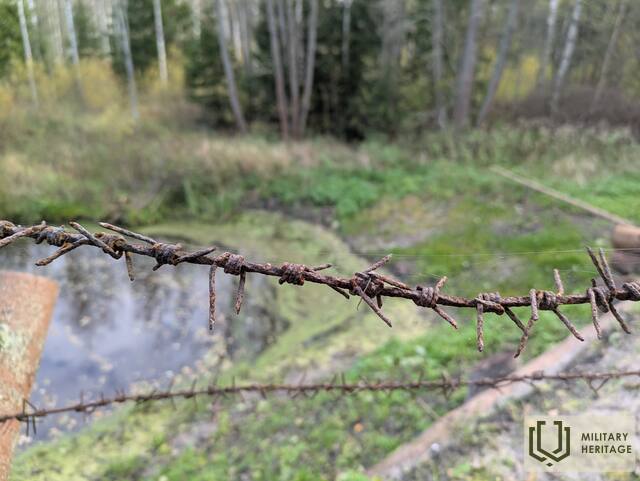
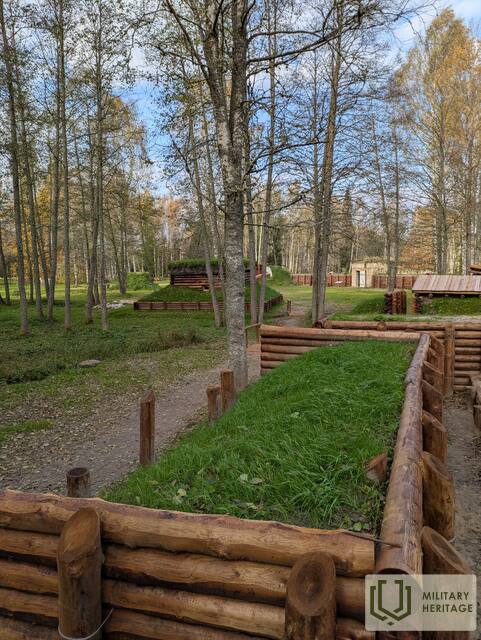
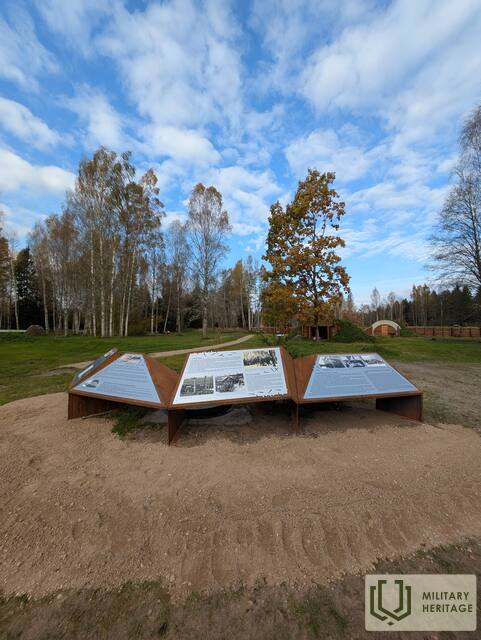
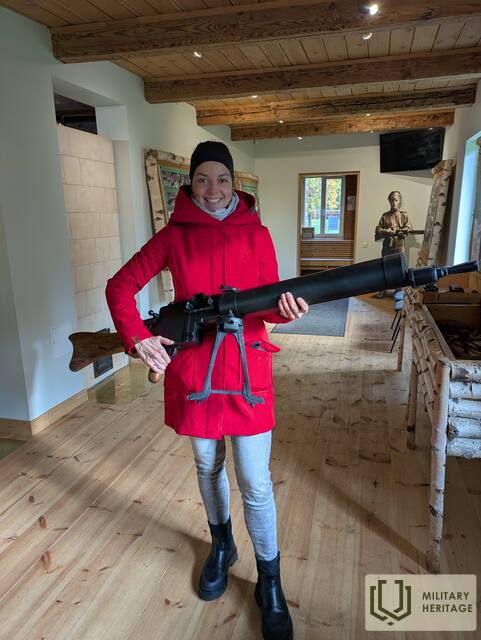
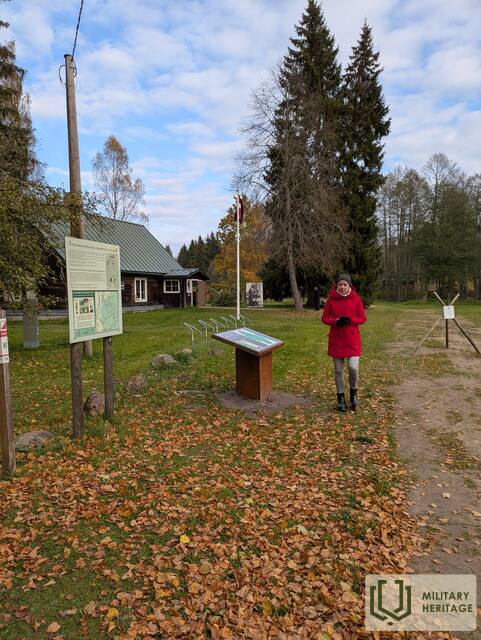














Šiuo metu Mangalių namų apylinkėse vyksta restauravimo darbai.